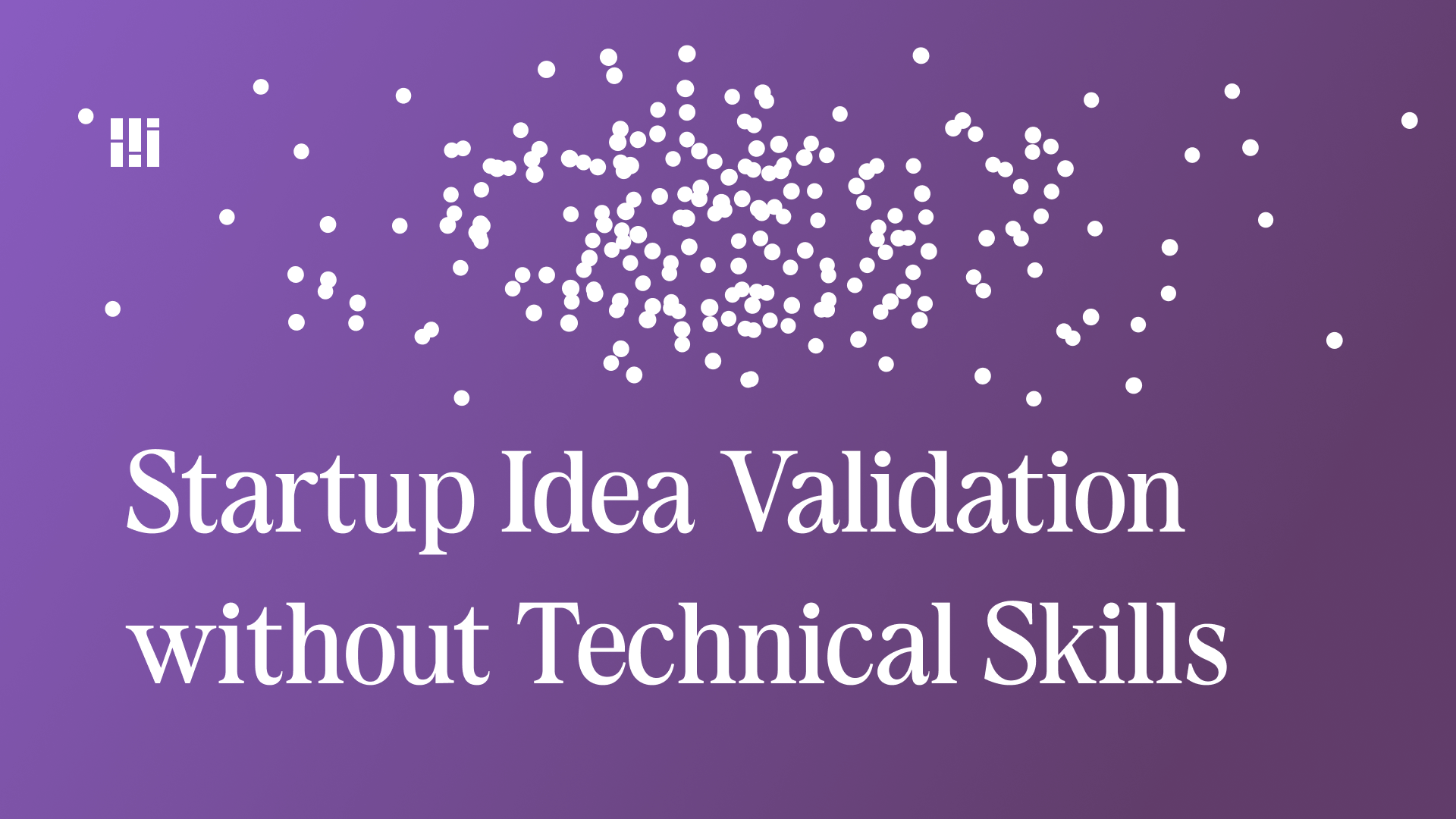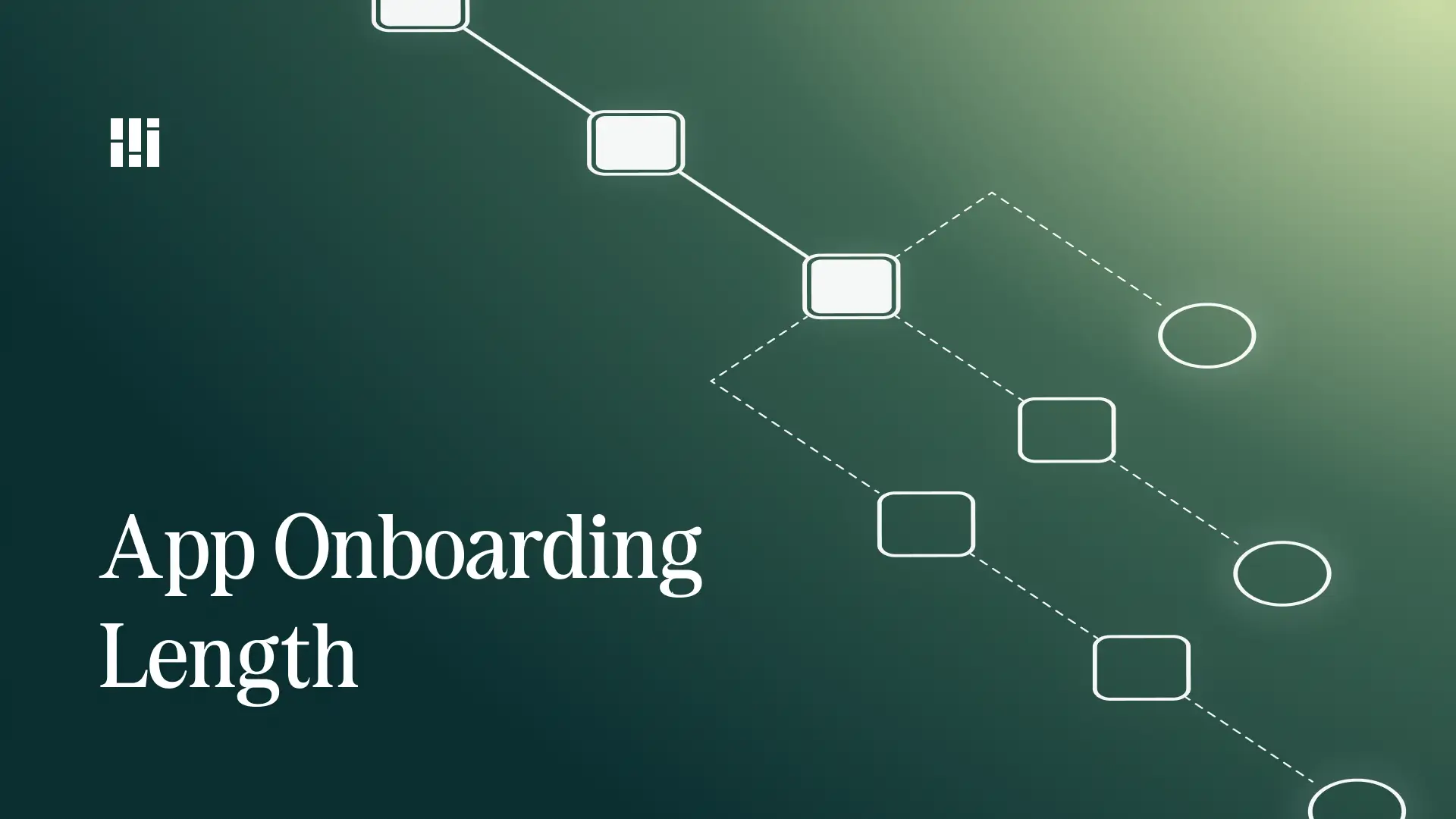9 out of 10 startups fail, with 34% of them due to a lack of product-market fit (PMF). Creating a Minimum Viable Product (MVP) requires specific technical skills, effort, and time, which not all founders possess. However, there are other validation methods that do not require technical skills and allow you to test your idea before developing an MVP.
The future success of a product can be broken down into three components:
- Audience Interest: Is there a real problem in their lives, or is it just a fantasy of the founders?
- Willingness to Pay: Are people willing to pay for a solution to this problem? What people say and what they do can differ, so having interest alone does not guarantee your idea will achieve PMF. You need to see actual payment, even if it is a token amount at this stage.
- Meeting Expectations: To retain your users, the product must meet and exceed their expectations. Determine how well your users' expectations of your product align with reality.
In this article, we will break down three ways to prove each of these three components without requiring technical skills.
Social Media and Ads: are people interested enough?
Before diving into pre-sales or full product development, consider using online advertising and social media to gauge potential customer interest.
- Targeted Ads: Run targeted ads on platforms like Facebook, Instagram, or Google Ads to reach a specific audience interested in your problem and solution. Track metrics like click-through rates, engagement, and website visits to see if your message resonates.
- Social Media Engagement: Build a social media presence around your idea. Share engaging content that highlights the problem you're solving and the benefits of your proposed solution. Analyze follower growth, comments, and shares to see if you're attracting the right audience and sparking conversations.
By using these online tools, you can gather valuable insights about market fit and refine your concept before investing significant resources in development.
Pre-sales: Check if people are willing to pay for your idea
Interest is great, but users may show interest and even say they need your product, yet still not be ready to pay.
Transparency is key with pre-sales: Clearly communicate the stage of development, potential delays, and refund policies.
Fake Door Technique: Looking to expand your product line or test a new feature within an existing product? Create a "fake door"—a landing page or placeholder that mimics a real product to gauge user interest before full development.
Steps to Follow Without a Real Product:
- Engage with communities where your target audience socializes or gather potential users by creating content related to your product.
- Create a simple landing page describing your product.
- Make an attractive offer for early adopters.
For example, here is a story of a founder who sold 25 copies of a non-existent product on pre-sale, using only screenshots to convince people of the product's demand.
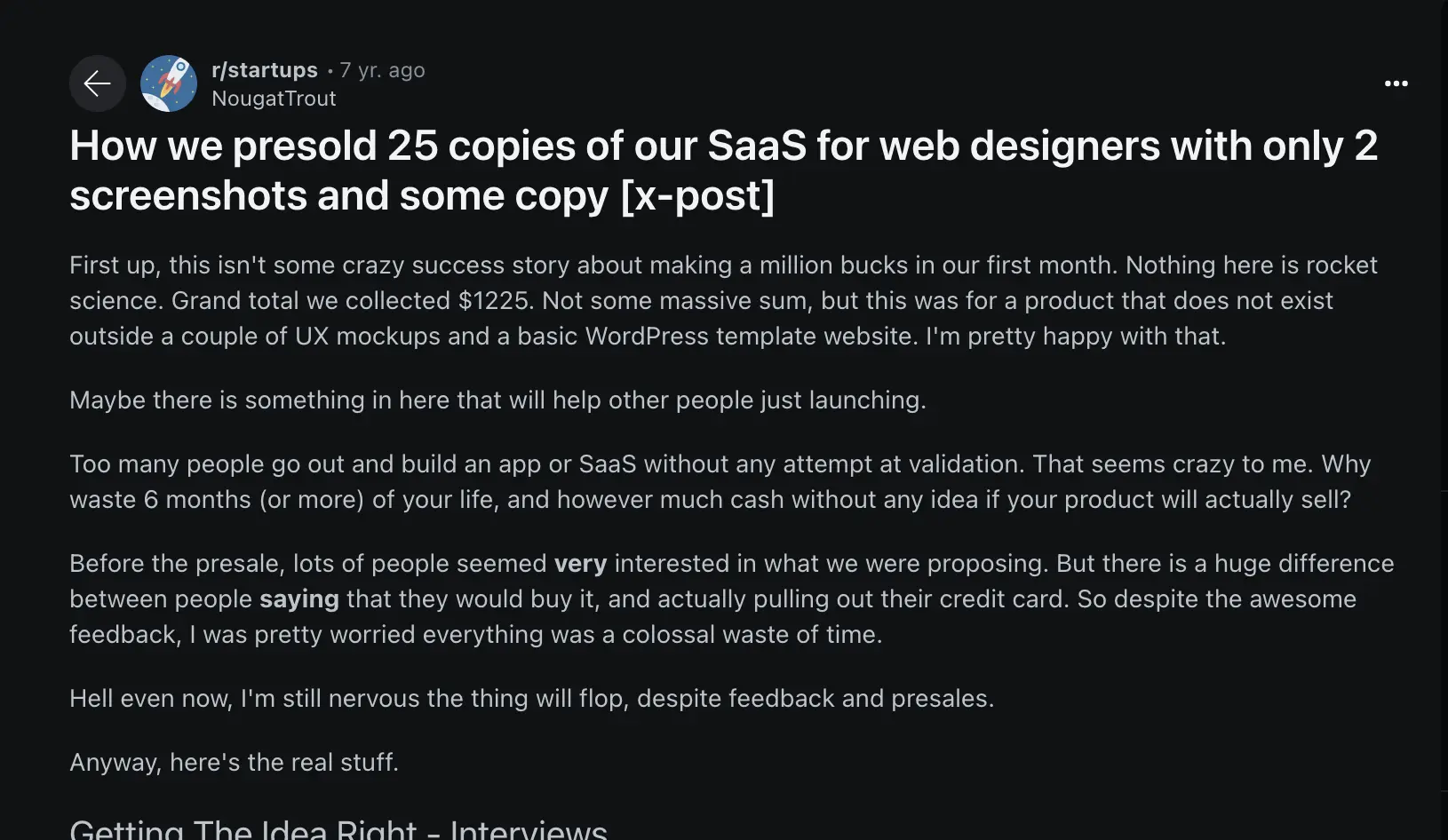
Check if what you are building meets their expectations.
A good way to test the "expectations vs. reality" aspect is the Wizard of Oz technique. Create a simple shell (website page, landing page) and manually perform the work that your future product will automate.
Wizard of Oz Technique: This approach originates from design. Designers create many prototypes and often need to test them in a way that feels like the final product. When the development framework doesn't allow for full functionality, designers simulate the system's work by carefully crafting pre-arranged screens to create a believable user experience.
For example, before Ikea launched its voice bot on the support line, they reprofiled 8,500 employees to more intellectual and creative tasks with the launch of the chatbot.
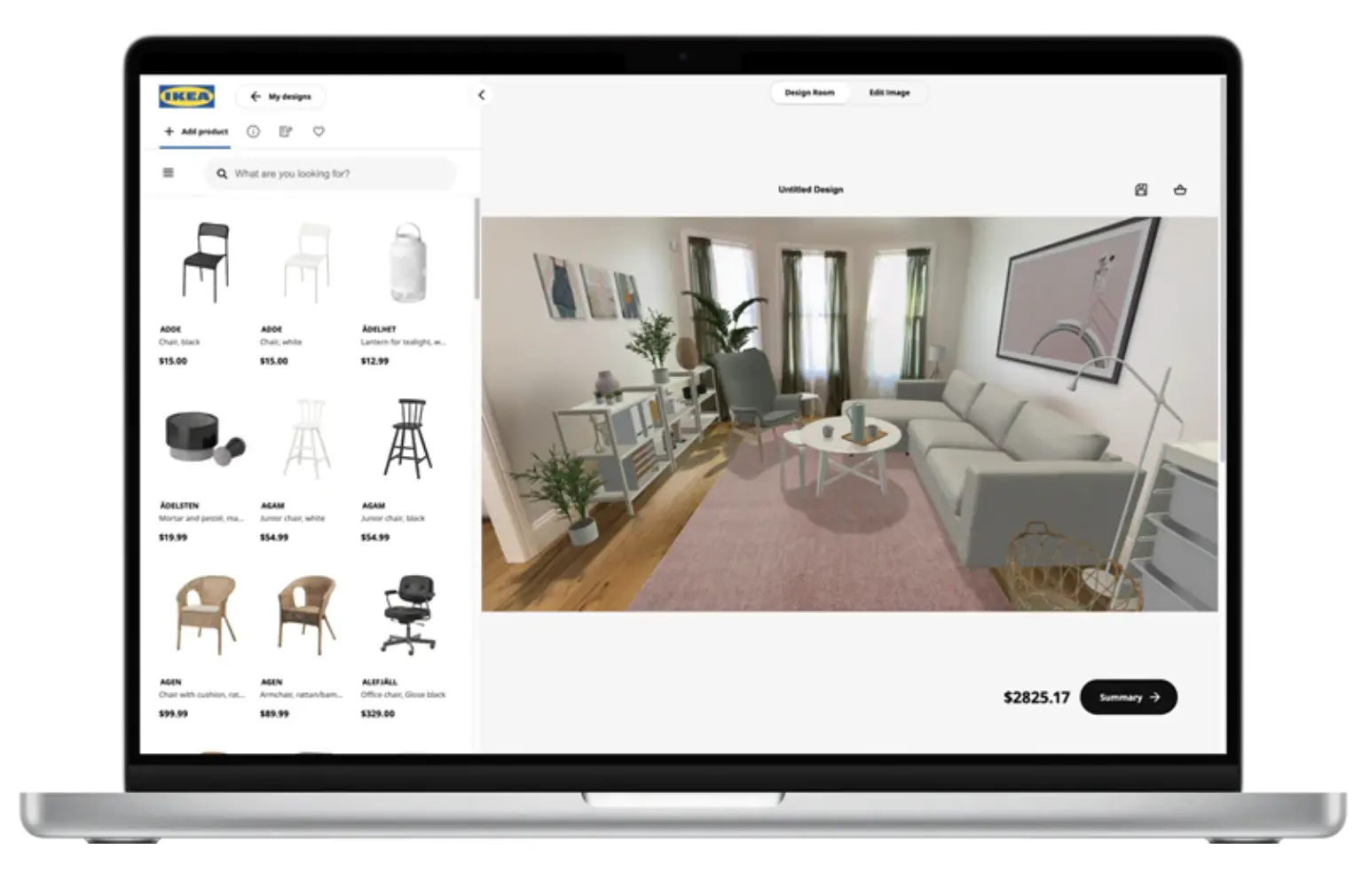
Concierge Method: Similar to the Wizard of Oz technique, but without the technical aspect. You offer a service that your product will eventually provide.
For instance, Wealthfront started by offering personalized investment advice directly to test if there was demand. Instead of building a complex app, they provided a "concierge service" to see if people needed help managing investments and to identify which features mattered most. Once they confirmed the demand, they built an automated system to serve a larger audience.
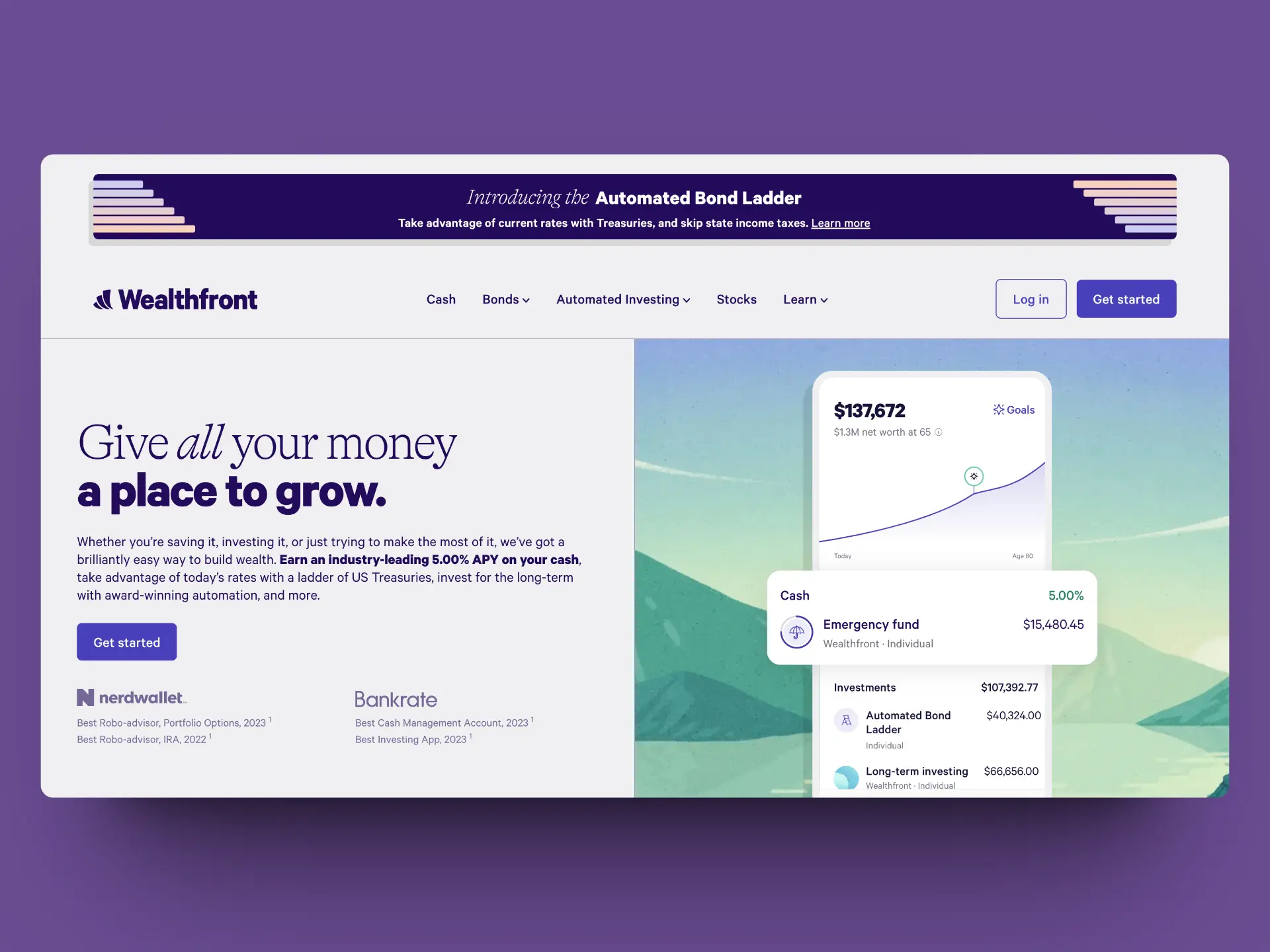
Validate Before You Build
The high startup failure rate underscores the importance of validating your idea before pouring resources into development. By following the low-cost, non-technical methods outlined here, you can significantly increase your chances of building a product that solves a real problem, that people are willing to pay for, and that exceeds their expectations. Don't be afraid to get creative and test your assumptions early. This pre-development validation can be the difference between building a successful startup and becoming another statistic.


